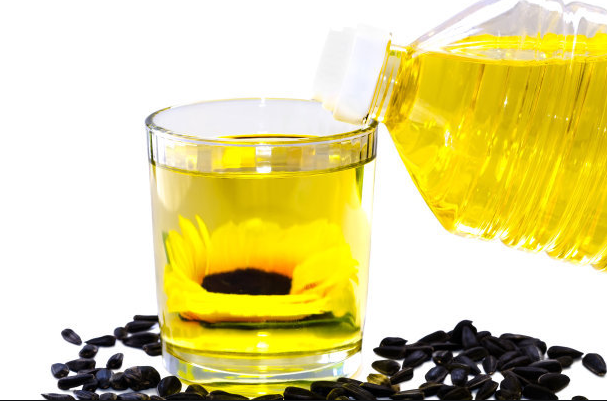Nowadays, the types of edible oil on the table are becoming more abundant, and consumers are paying more and more attention to the nutritional value of edible oil. Is the higher the grade of edible oil, the more nutritious it is? A high grade of edible oil does not mean high nutrition.

1. Edible oil is also divided into "three, six, nine"
At present, some edible oils on the market are super grade, and some are even grade two. So, the higher the grade of edible oil, the more nutritious it is?
The higher the grade of edible oil, the higher the degree of refined edible oil. The oil before it is refined is called "crude oil". Our national edible oil standard stipulates that "crude oil" needs to be refined to remove harmful components, such as benzo(a)pyrene, aflatoxins, solvents, pesticide residues, polycyclic aromatic hydrocarbons, etc., as well as certain "impurities" Such as free fatty acids, gossypol and gums. "Rough oil" can achieve the purpose of removing harmful impurities while retaining a variety of nutrients through moderate refining and processing.
Among them, the first-class oil and the second-class oil have a higher degree of refining, and have undergone degumming, deacidification, decolorization, deodorization and other processes. After refining, the content of harmful components in the primary and secondary oils is low, but some nutrients are inevitably lost. The third-grade oil and the fourth-grade oil have a low degree of refining. They only go through simple degumming and deacidification procedures, resulting in a high content of impurities, but relatively speaking, they retain nutrients such as carotene, chlorophyll, and vitamin E to a relatively large extent. Element.
Therefore, industry insiders pointed out that judging the nutritional value of an edible oil should not be based solely on the grade, but should comprehensively look at the ingredients and quality limits of the edible oil. Of course, whether it is a first-grade oil or a fourth-grade oil, as long as it meets the national health standards, consumers can use it with confidence.
2. The daily oil intake should not exceed 30 grams
In recent years, as people have learned more about edible oils, many people tend to choose linseed oil, perilla seed oil, etc. rich in linolenic acid, or olive oil rich in oleic acid. National Public Nutritionist Liu Yun suggested that multiple types of oils can be mixed and eaten. Each oil can be purchased in medium or small bottles and changed daily, weekly or monthly. This can make the composition of fatty acids relatively balanced, but also The edible oil can be stored relatively easily, and the edible oil is relatively fresh, safe and hygienic.
Copyright © Henan Zhongxing Grain And Oil Machinery Co.,Ltd. All Rights Reserved. Powered by MetInfo